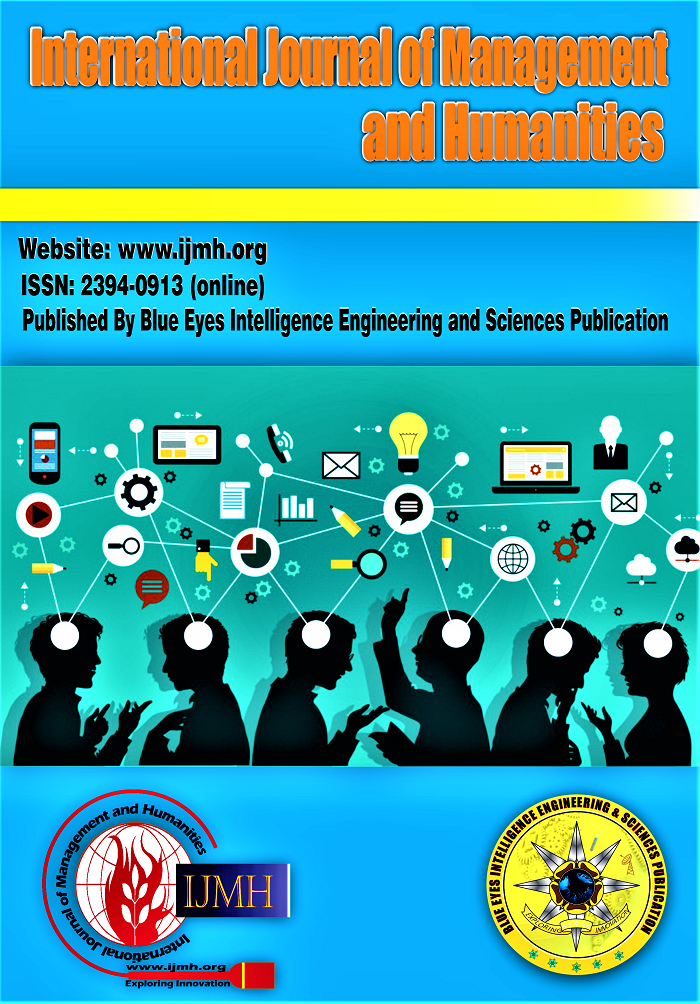Social Sustainability in Raw Material Sourcing for Electric Vehicles
Main Article Content
Abstract
Motivated by the shift toward sustainable mobility and increased demand for ethically sourced raw materials, this study examines the social sustainability of different sourcing strategies for aluminium and cobalt in electric vehicle (EV) products. These materials are essential components for batteries and lightweight parts in EVs. A Social Life Cycle Assessment (S-LCA) was conducted in conjunction with OpenLCA and the Product Social Impact Life Cycle Assessment (PSILCA) database. The assessment is based on the United Nations Environment Programme (UNEP) Guidelines from 2020 with a focus on key stakeholder categories. In this study, four cradle-to-gate sourcing strategies are evaluated and labelled as Case 1 through Case 4 in the assessment. The results show significant differences across the scenarios. The local sourcing strategy for aluminium in Australia (Case 1) is associated with lower social risks, whereas the local sourcing of cobalt in Russia (Case 2) indicates higher social risks. Global sourcing strategies involving Guinea and Brazil for aluminium (Case 3) and the Democratic Republic of the Congo (DRC) and China for cobalt (Case 4) demonstrate increased social risks. The impacts can be up to 15 times greater, depending on the location. These findings highlight regional variations in social risks associated with the sourcing of raw materials. The results highlight the importance of implementing corporate due diligence and socially responsible procurement practices within raw material supply chains through integrating an S-LCA into sourcing strategies. This approach also supports some of the Sustainable Development Goals. Overall, this study provides practical insights for industry and policymakers, thereby enriching our understanding of social sustainability.
Downloads
Article Details
Section
How to Cite
References
Mensah, J. (2019). Sustainable development: Meaning, history, principles, pillars, and implications for human action: Literature Review. In Cogent Social Sciences (Vol. 5, Issue 1, pp. 1 – 21). DOI: https://doi.org/10.1080/23311886.2019.1653531
Correira, M. S. (2019). Sustainability: An Overview of the Triple Bottom Line and Sustainability Implementation. In International Journal of Strategic Engineering (Vol. 2, Issue 1, pp. 29 – 38). DOI: https://doi.org/10.4018/IJoSE.2019010103
Keith, D., & Krol, A. (2023). Electric Vehicles. Accessed September 22, 2025. Available at: https://climate.mit.edu/explainers/electric-vehicles
Nindwani, A. (2024). Environmental and Social Impacts of the Electric Vehicle Supply Chain: Responsible Sourcing Practices and International Cooperation. In EPH – International Journal of Business & Management Science (Vol. 10, Issue 1, pp. 57 – 73).
DOI: https://doi.org/10.53555/eijbms.v10i1.173
U.S. Department of Labour (2023). Child Labor and Forced Labor Reports. Accessed September 22, 2025. Available at: https://www.dol.gov/agencies/ilab/resources/reports/child-labor/congo-democratic-republic-drc
Greenfield, N. (2022). Lithium Mining Is Leaving Chile’s Indigenous Communities High and Dry (Literally). Accessed September 22, 2025. Available at: https://www.nrdc.org/stories/lithium-mining-leaving-chiles-indigenous-communities-high-and-dry-literally
Timmer, A., Behr, L., Dinescu, F., Willenbrink, D., & Günther, F. (2023). On trial: The Supply Chain Due Diligence Act in Germany and its effects on car suppliers. Accessed September 22, 2025. Available at: https://www.berylls.com/on-trial-the-supply-chain-due-diligence-act-in-germany-and-its-effects-on-car-suppliers/
García-Muina F., Medina-Salgado M.S., González-Sánchez R., Huertas-Valdivia I., Ferrari A.M., & Settembre-Blundo D. (2022). Social Organisational Life Cycle Assessment (SO-LCA) and Organisation 4.0: An easy-to-implement method. In Methods X (pp 1 – 12). DOI: https://doi.org/10.1016/j.mex.2022.101692
United Nations Environment Programme. (2020). Guidelines for Social Life Cycle Assessment of Products and Organisations 2020. Accessed September 22, 2025. Available at: https://www.lifecycleinitiative.org/wp-content/uploads/2021/01/Guidelines-for-Social-Life-Cycle-Assessment-of-Products-and-Organizations-2020-22.1.21sml.pdf
Miles, A., Claytor, C., Assem, L., & Tikana, L. (2022). Chapter 1: Social life cycle assessment of Copper. pp. 10 – 37. Accessed September 22, 2025. Available at: https://www.lifecycleinitiative.org/wp-content/uploads/2022/05/Pilot-projects-on-UNEP-SLCA-Guidelines-12.5.pdf
Worldmrio. (2025). The Eora Global Supply Chain Database. Accessed September 22, 2025. Available at: https://worldmrio.com/
Ciroth, A., & Maister, K. (2023). The „PSILCA“ social LCA database - challenges in creating, using, and maintaining it. Accessed September 22, 2025. Available at: https://www.greendelta.com/wp-content/uploads/2023/05/PSILCA_AnnArborMay2023_compressed.pdf
Luthin, A., Knackerstedt, J., & Traverso, M. (2024). Social hotspots in the automotive industry’s aluminium value chain. In Societal LCA (Vol. 30, pp. 1184 – 1200). DOI: https://doi.org/10.1007/s11367-024-02305-x
Springer, S. K., Wulf, C., & Zapp, P. (2023). Potential Social Impacts regarding the working conditions of Fuel Cell Electric Vehicles. In Science Direct (Vol. 52, Part B, pp. 618 – 632). DOI: https://doi.org/10.1016/j.ijhydene.2023.04.034
Bouillass, G., Blanc, I., & Perez-Lopez. P. (2021). Step-by-step social life cycle assessment framework: a participatory approach for the identification and prioritisation of impact subcategories applied to mobility scenarios. In Societal LCA (Vol. 26, pp. 2408 – 2435).
DOI: https://doi.org/10.1007/s11367-021-01988-w
Shanghai Metals Market. (2025). Accessed September 22, 2025. Available at: https://www.metal.com
Trzepieciński, T., & Mohammed Najm, S. (2024). Current Trends in Metallic Materials for Body Panels and Structural Members Used in the Automotive Industry. In Materials (Vol. 17, Issue 590, pp. 1 – 56). DOI: https://doi.org/10.3390/ma17030590
Pavel, C., Blagoeva, D., Alves Diaz, P., & Arvanitidis, N. (2018). Cobalt: Demand-Supply Balances in the transition to Electric Mobility. In the Publications Office. DOI: https://doi.org/10.2760/97710
Peter, M., & Rathgeber, P. (2021). Sourcing Strategies and Trends: Global Versus Local. In Martin, L. (eds) International Business Development. Wiesbaden: Springer Gabler. (pp. 141 – 154). DOI: https://doi.org/10.1007/978-3-658-33221-1_8
U.S. Geological Survey. (2024). Accessed September 22, 2025. Available at: https://pubs.usgs.gov/periodicals/mcs2024/
Global Legal Insight. 2025. Employment & Labour Laws and Regulations 2025 – Australia. Accessed September 28, 2025. Available at: https://www.globallegalinsights.com/practice-areas/employment-and-labour-laws-and-regulations/australia/
Transparency International. (2024). Our Work in Russia. Accessed September 22, 2025. Available at: https://www.transparency.org/en/countries/Russia
University of Sydney (2021). Chinese investment in Australia consolidates to pre-mining boom levels. Accessed September 28, 2025. Available at: https://www.sydney.edu.au/news-opinion/news/2021/07/16/chinese-investment-in-australia-consolidates-to-pre-mining-boom-.html Ellen MacArthur Foundation. (2023). Building a circular supply chain. Accessed September 28, 2025. Available at: https://www.ellenmacarthurfoundation.org/circular-supply-chains





